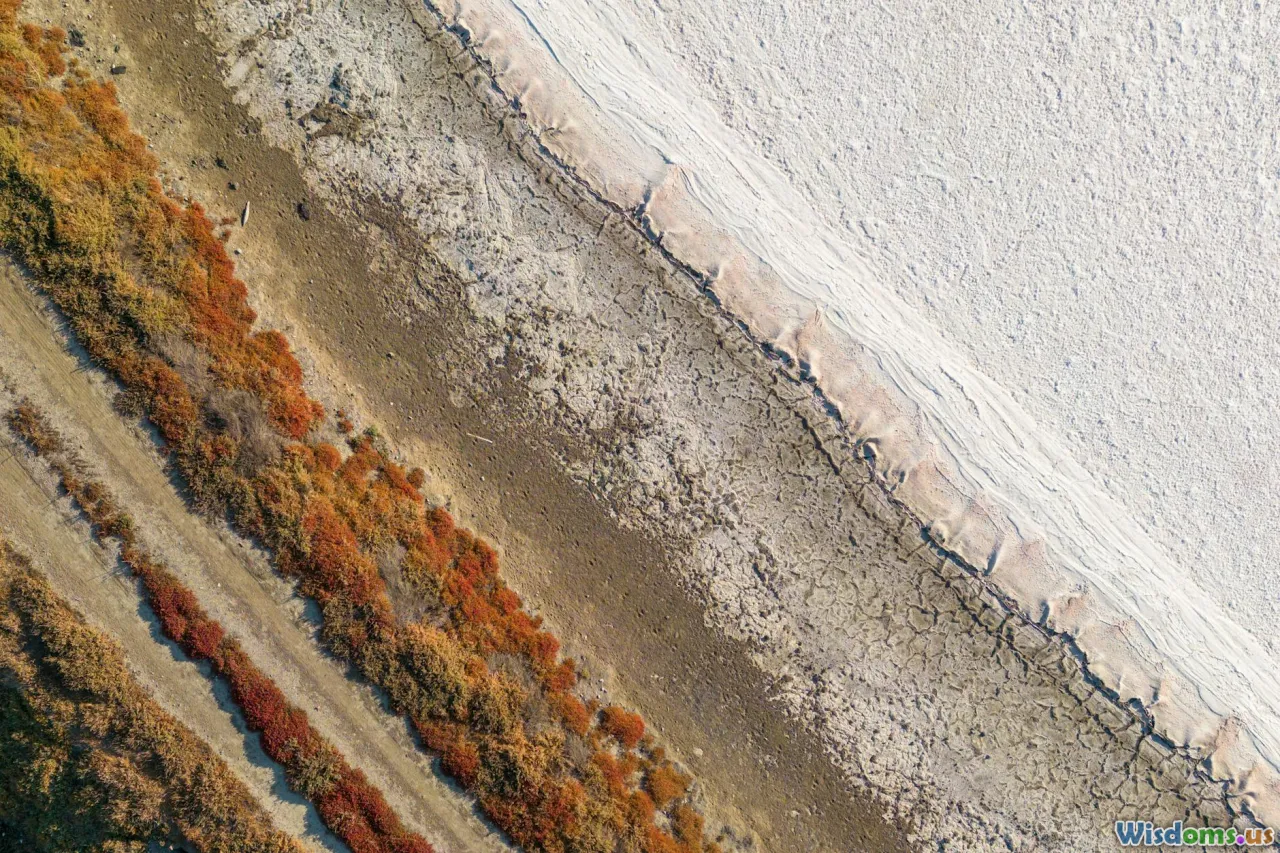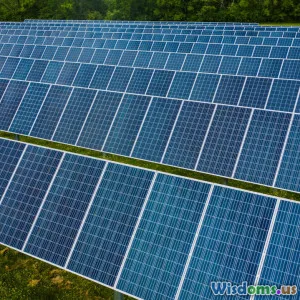
The Impact of Climate Change on Biodiversity
6 min read Explore how climate change is reshaping biodiversity and ecosystems, and learn about the urgent need for conservation. (0 Reviews)
The Impact of Climate Change on Biodiversity
Climate change is one of the most pressing issues facing our planet today. It has far-reaching effects on the environment, economy, and communities. Among these effects, the impact on biodiversity is particularly alarming and requires immediate attention. This article delves into how climate change affects biodiversity, the implications for ecosystems, and what can be done to mitigate these effects.
Understanding Biodiversity
Biodiversity refers to the variety of life on Earth, encompassing the diversity of species, genetic variation within those species, and the variety of ecosystems they form. Healthy biodiversity is essential for ecosystem stability, resilience, and the services they provide, such as clean air and water, pollination of crops, and climate regulation.
The Effects of Climate Change on Biodiversity
1. Habitat Loss and Fragmentation
One of the most direct impacts of climate change is habitat loss. As temperatures rise, many species are forced to migrate to cooler areas or higher altitudes. For example, polar bears are losing their sea ice habitat due to warming temperatures, which affects their hunting and breeding patterns. Moreover, habitat fragmentation can occur as human activities, such as agriculture and urban development, encroach on natural areas, making it harder for species to adapt and thrive.
2. Altered Ecosystems
Climate change alters ecosystems, affecting the relationships between species. For instance, changes in temperature and precipitation can disrupt food webs. Coral reefs, which are highly sensitive to temperature changes, are experiencing bleaching events that not only threaten the corals themselves but also the myriad of species that depend on them for habitat and food.
3. Shifts in Species Distribution
As climate zones shift, many species are moving toward the poles or to higher elevations in search of suitable habitats. This shift can lead to changes in community composition and can create mismatches in timing, such as when plants bloom and when pollinators are active. For example, the European butterfly species have been moving northward, which can disrupt existing ecosystems and the services they provide.
4. Increased Extinction Rates
Species that cannot adapt quickly enough to the changing climate may face extinction. According to the Intergovernmental Panel on Climate Change (IPCC), if global temperatures rise by more than 2°C, up to one million species could be at risk of extinction. Amphibians, which are particularly sensitive to environmental changes, are among the most threatened groups.
5. Ocean Acidification
The oceans play a crucial role in regulating climate and supporting biodiversity. However, increased carbon dioxide (CO2) levels lead to ocean acidification, which affects marine life, particularly organisms that rely on calcium carbonate for their shells and skeletons. This includes coral reefs, mollusks, and some plankton species, which are foundational to marine food webs.
The Importance of Conservation Efforts
Given the severe impacts of climate change on biodiversity, conservation efforts have never been more critical. Here are some strategies that can help mitigate these effects:
1. Protecting Habitats
Establishing protected areas and wildlife corridors can provide safe havens for species to adapt and migrate. This preserves critical habitats and maintains ecosystem functions.
2. Restoring Ecosystems
Restoration projects can help recover degraded ecosystems, improving their resilience to climate change. Examples include reforestation, wetland restoration, and the rehabilitation of coral reefs.
3. Promoting Sustainable Practices
Encouraging sustainable agriculture, forestry, and fishing practices can reduce the pressure on ecosystems and help maintain biodiversity. This includes practices like agroforestry, organic farming, and sustainable fishing quotas.
4. Raising Awareness and Education
Education plays a vital role in fostering a culture of conservation. By increasing public awareness of biodiversity issues and climate change, individuals can make informed decisions that contribute to sustainability.
5. Supporting Policy Changes
Advocacy for policies that address climate change and protect biodiversity at local, national, and international levels is essential. This includes supporting legislation aimed at reducing greenhouse gas emissions and promoting biodiversity conservation.
Conclusion
The impact of climate change on biodiversity is profound and multifaceted. As the planet warms, species and ecosystems face unprecedented challenges that threaten their survival. However, through concerted conservation efforts, public awareness, and policy changes, we can work toward preserving the rich tapestry of life on Earth. The urgency to act is paramount, not just for the sake of biodiversity, but for the health and well-being of future generations.
By understanding the intricate connections between climate change and biodiversity, we can foster a more sustainable future for all living beings on our planet.
Rate the Post
User Reviews
Popular Posts





















